California is now stepping up towards attaining carbon-neutrality, the state has progressed fast in its efforts to increase the capacity for renewable power. Nevertheless, the above findings also demonstrate the social processes inherent in this transformation, which are evident from modern advances made to this ambitious transition.
CEC says that the state has lined up a record number of solar and wind projects in the last one year and is on its way towards its target of 100% clean electricity by 2045. Although, some progress has been made, scholars disagree that getting to that point will not be easy and that there are many challenges to overcome.
Energy storage remains one of the most demanding areas that need to be addressed in the nearest future. Whenever California shifts to other forms of energy production such as solar and wind, where the energy productivity is only available at times, storage of excess power for use during peak hours turns out to be very important.
Several battery storage projects have come up in the state in recent months and more of such projects are expected to be commissioned in the near future. But even now the critics claimed that the current storage capacity of the grid is still inadequate to sustain only the renewable energy systems.
The development of renewable energy project have also raised concern about land use and its effect on the environment. Huge solar plants and windmills occupy vast areas of land, this has proven to be a problem when it comes to conservation and the people living nearby.
Currently in the Mojave Desert a proposed solar Project has elicited criticism from environmental outfits due to its potential negative effects on desert species and their habitats. Meeting the demands for clean energy and at the same time protecting the planet’s biology is still a complex task for decision-makers as well as implementers of renewable energy projects.
Transmission infrastructure is another important sub-sector that needs intervention. The California Public Utilities Commission has OKed several other new transmission line projects that will deliver renewable power to population centers. However, such plans are time-consuming and may experience opposition from the community so it can affect the timeline in developing clean energy in the state.
Recent such example is the approval of a contentious transmission line across the Sierra Nevada mountains proving that the clashes between energy demand and environmental protection are still ongoing.
Clean energy transformation is also altering the employment conditions in California in the following way as well. While thousand of new jobs have been provided through the expansion of renewable industries, several others that where built around fossil fuels are witnessing an economic upheaval. Even so, many are still concerned about the rate of change that the state government has made to rettrain workers and attract clean energy businesses to the affected areas.
Owing to its great energy plans in attaining the best results in climate change crusade, economic reforms have extended the state’s policies to other states in the US as well as across the world. However, the state’s experiences also paint a picture of how large scale energy transitions are not always as simple as they may seem. Other states and countries are keen to follow the development in California as they are acting as models, strength, weakness, and opportunities.
The future of nuclear power in California is still a big concern as to whether it will be embraced or not. As the state gradually shuts down its nuclear plants, some critics opine that nuclear power would be useful in the supply of base load electricity as the grid shifts from fossil fuels-based source.
The case of the Diablo Canyon Power Plant that was almost shut down, but later allowed to operate for some more years represents some of the discourses on the best mix of energy in a world that seeks to transition from carbon-centered energy generation.
Since the new administration took over in California with a clean energy agenda, the state is currently also struggling with challenges of updating its grid. Extreme conditions such as heat waves and wild fires have revealed weaknesses in the power distribution chain making the need for advanced investment in the grid and smart technologies more pertinent.
The incorporation of electric car as part of the transportation system offer benefits and risks on the light of looking at the car batteries as a distributed storage but which on the same breath will obviously call for dramatic upgrade of the charging network.
The next few years will make or break California’s attempt to meet the green energy goals. It will remain for technological advancement, policy backup and people participation to drive the success. In this process, the state’s experiences will be vital in sharing lessons on the difficult process of changing to a more sustainable power system across the world.
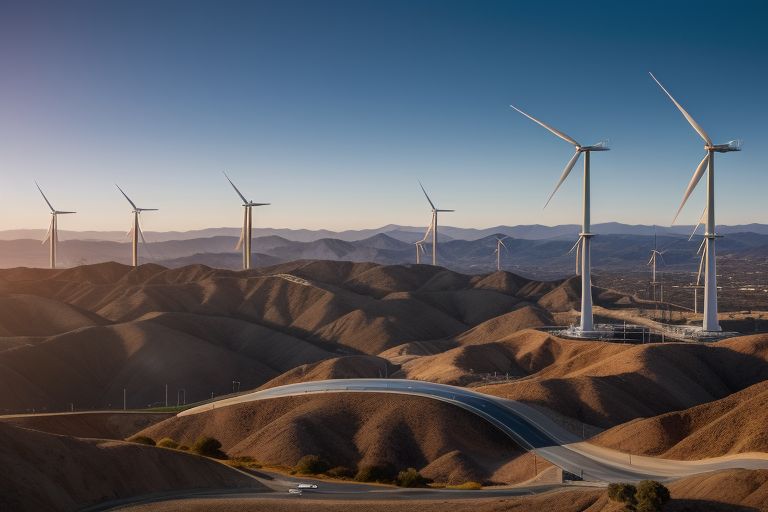

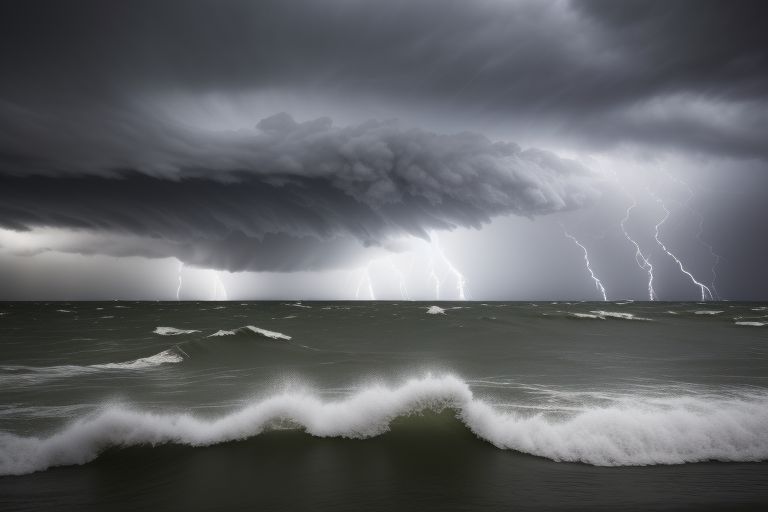
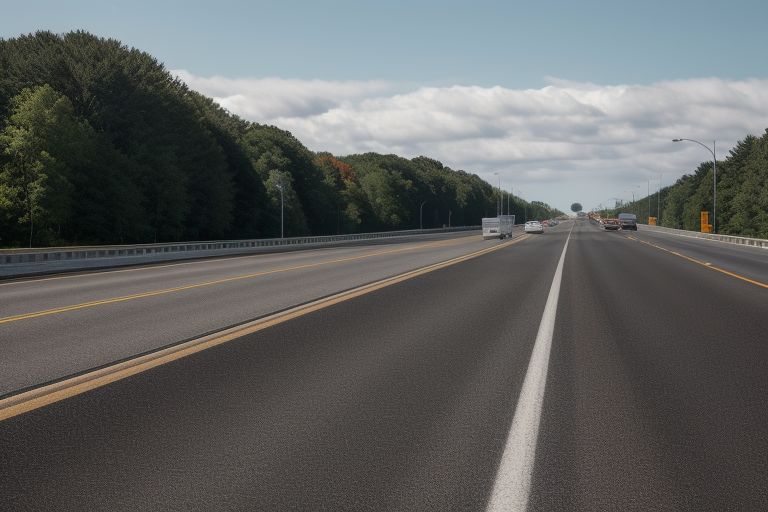

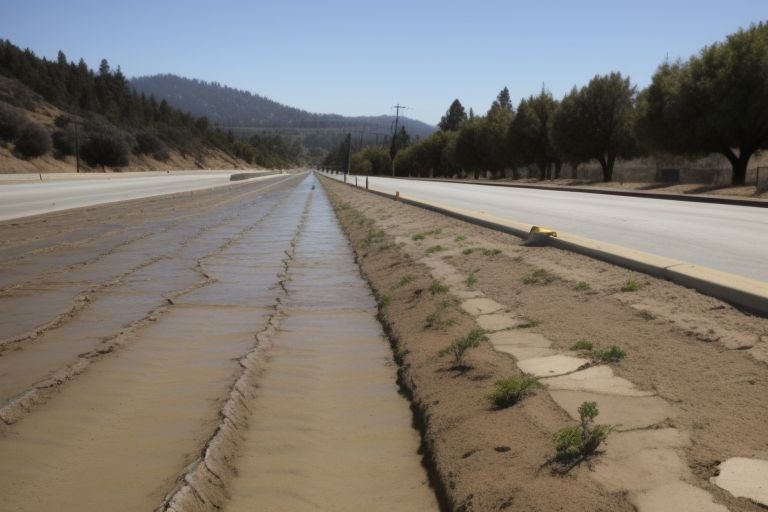
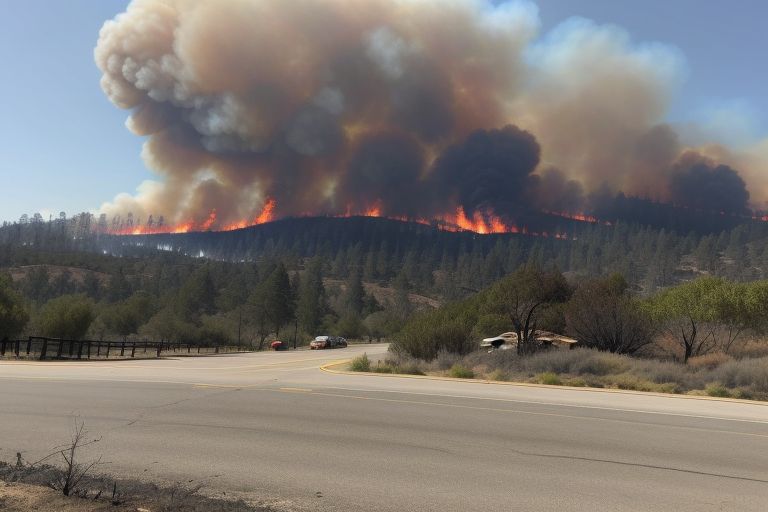
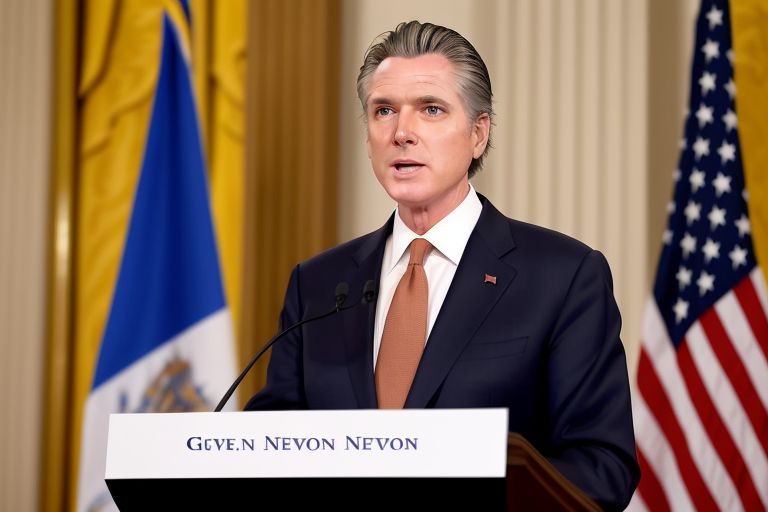

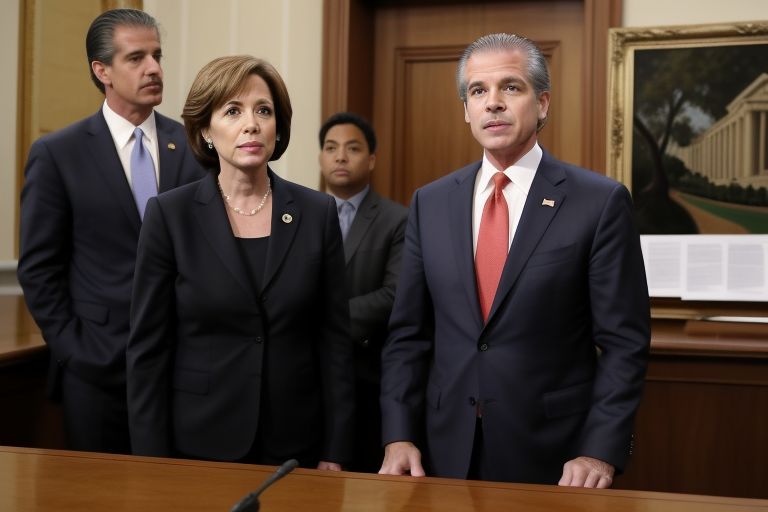
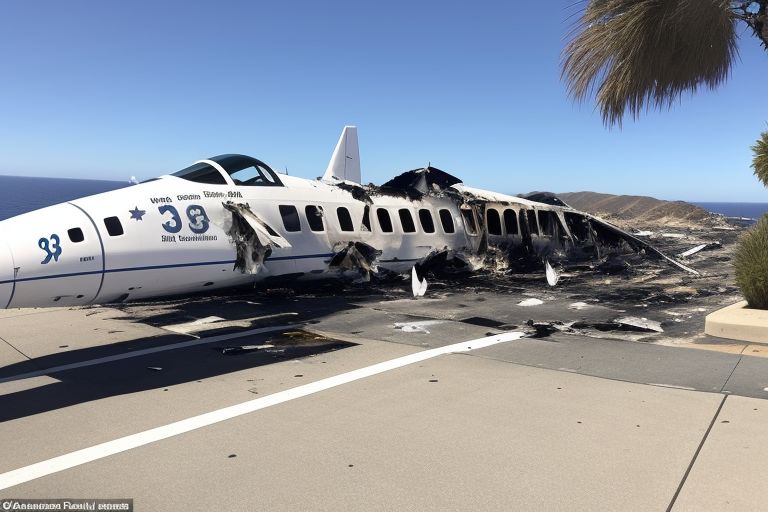
Leave a Reply